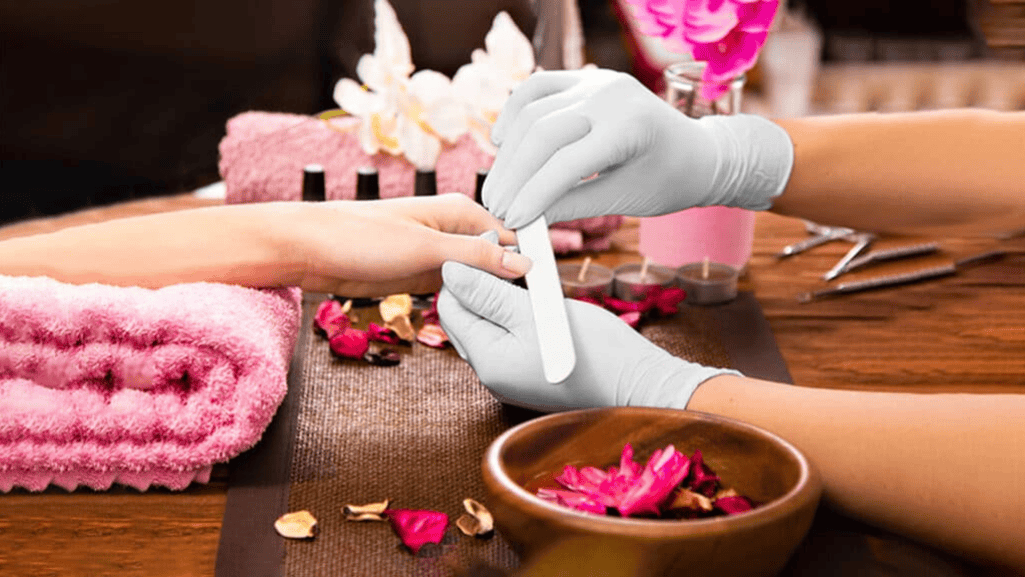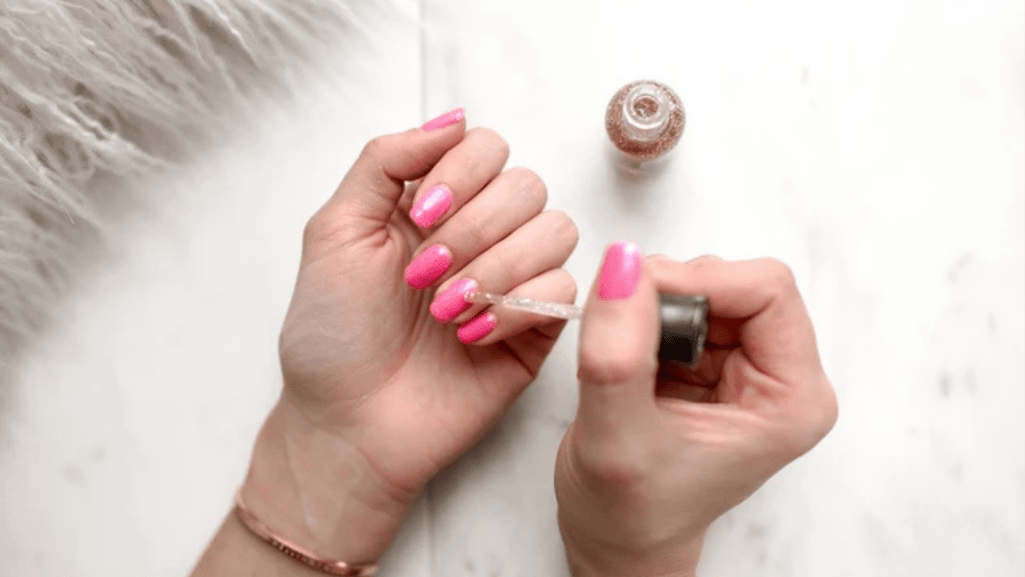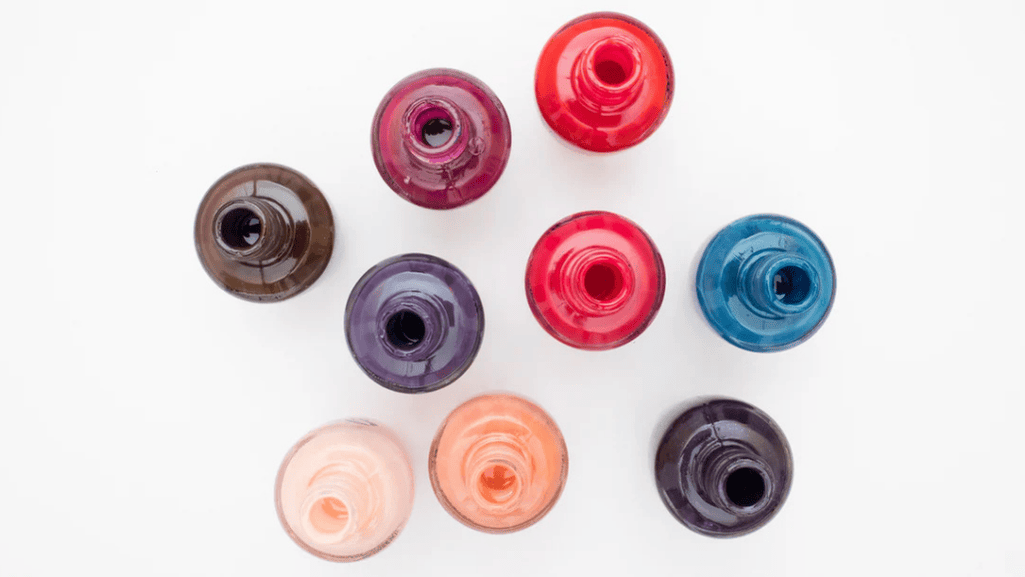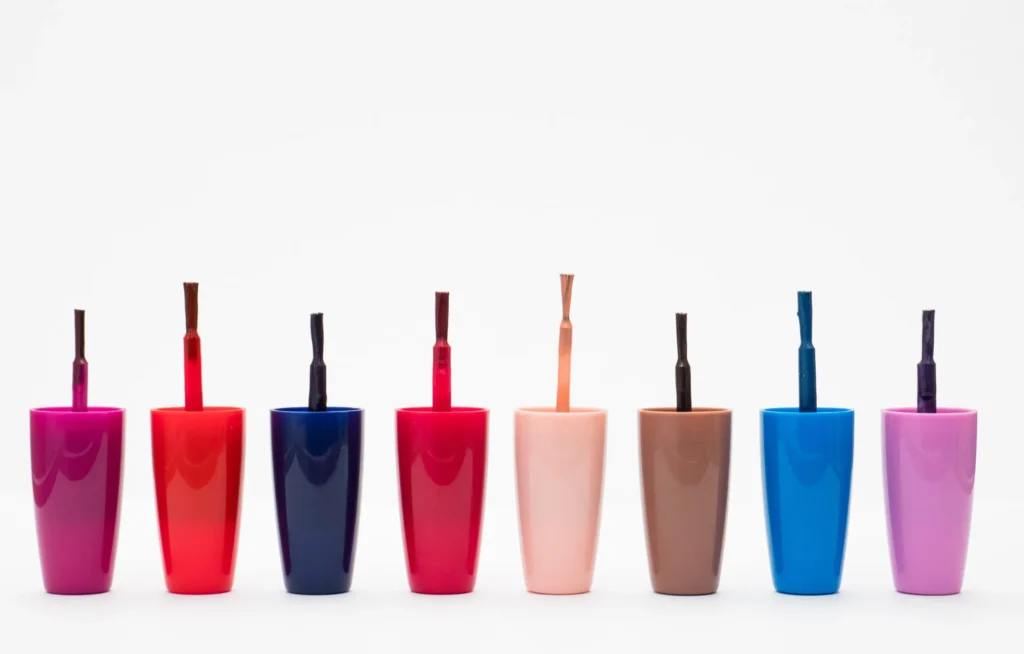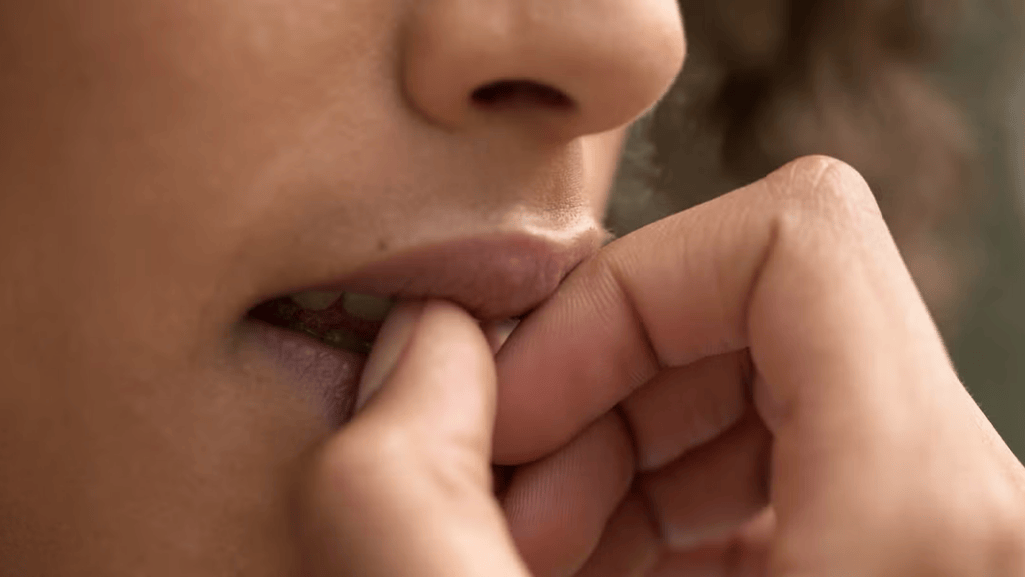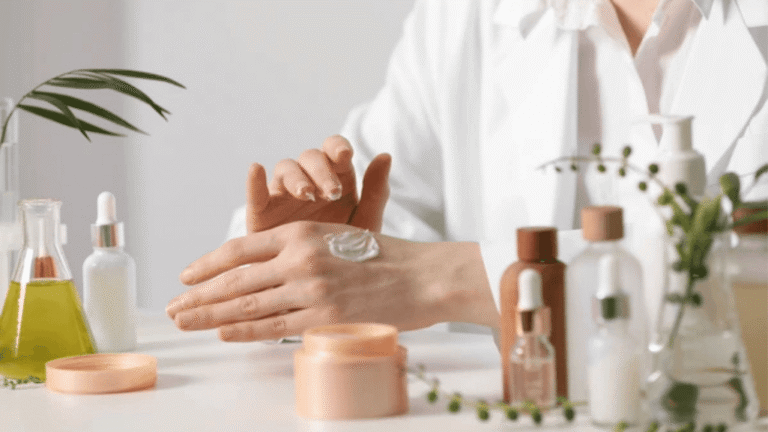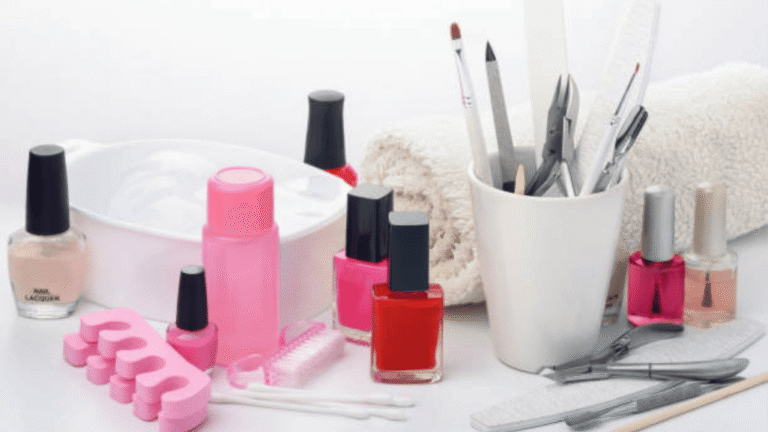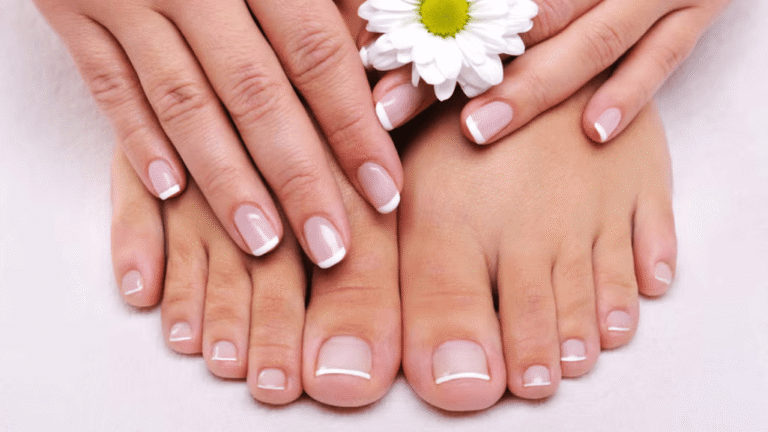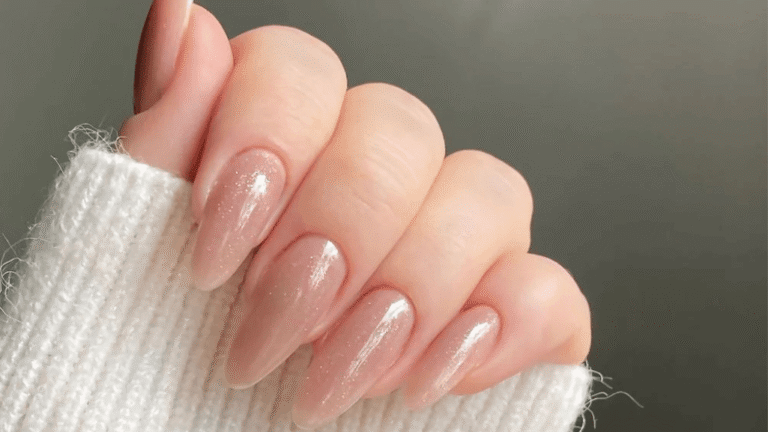Nail care matters — healthy nails look better and can reflect your overall health. Giving your nails the right daily care and choosing safe nail care products will keep nails strong, prevent common problems, and protect the surrounding skin. Learn how product safety, basic routines, and the right tools work together to keep your nails healthy.
Key Takeaways:
- Nail care starts with a simple routine: clean, trim, moisturize.
- Know the ingredients in nail products and follow safety guidelines — read labels and choose safer options when possible.
- Understanding basic nail anatomy helps you protect the nail matrix and cuticles for long-term nail health.
- Use the right tools and simple habits to keep nails clean and prevent problems for people of all ages.
- Read on for a concise nail care guide and an easy daily routine you can follow.
How Nail Products Are Regulated
Nail products used at home or in a salon are treated by the U.S. Food and Drug Administration (FDA) as cosmetics. That means manufacturers must ensure their products are safe and properly labeled before they go on sale, but the FDA does not review or approve most cosmetics before they reach consumers. Instead, the agency monitors the market and can act when products or claims raise safety concerns.
Cosmetics are defined by the FDA as items applied to the body to cleanse, beautify, promote attractiveness, or alter appearance. Nail polishes, nail strengtheners, artificial nails and related products fall under this definition.
In practice this means: manufacturers are responsible for safety testing and accurate ingredient lists; the FDA inspects, investigates complaints, and can require recalls, issue warning letters, or seize products that pose hazards or make illegal claims. For the latest guidance, check the FDA’s cosmetics pages (see source links in the full article).
What the FDA Does — and Doesn’t — Do
- Does: Monitor ingredient safety, inspect facilities, review labeling complaints, and act on reported adverse events.
- Does not generally: Pre-approve cosmetic nail products before they are sold (unlike drugs or medical devices).
For consumers, that means you should read labels, favor brands that publish ingredient lists and safety testing, and report any reactions to the FDA. If you experience a serious reaction, contact a healthcare professional and consider filing a report at the FDA MedWatch site.
If you want to stay up to date, visit the FDA cosmetics page for guidance, and consider choosing brands that publish ingredient safety data. When in doubt, prioritize products that list ingredients clearly and avoid those that make medical claims about treating nail disease.
| Key Points: |
- Nail products are regulated by the FDA as cosmetics.
- The FDA does not require pre-approval for these products, but it can take action against non-compliant products or violators of the law.
- The FDA focuses on ensuring the safety and labeling accuracy of nail products.
- Consumers should follow product directions and report any adverse reactions to the FDA.
Using Nail Products Safely
Safe nail care starts with common-sense steps before, during, and after using products like nail polish or removers. Follow labels, protect your skin, and pick products from brands that list ingredients clearly.
Quick checklist: Before, During, After
- Before you paint: Work in a well-ventilated area, protect nearby surfaces, and have a trash bag ready for wipes and old polish. Read the label for warnings and follow directions.
- During application: Keep polish and removers away from the eyes and mouth. If you need protection, wear gloves — nitrile or latex gloves can protect skin when using stronger solvents; for simple polish application, leave gloves off but avoid prolonged inhalation of fumes.
- Aftercare: Store products upright, away from heat and children, and wipe up spills promptly. Dispose of heavily used cotton pads and empty containers according to local hazardous-waste guidelines.
Practical tips (short & actionable)
- When using nail polish, open windows or use a fan for 10–15 minutes to reduce fumes; avoid inhaling directly over the bottle.
- If a product warns about skin irritation, wear gloves while applying or remove polish-free tools from skin contact; note that cuticle creams nourish and are not a substitute for protective gloves.
- Keep nail products out of reach of children and pets; store upright in a cool, dry place to protect formula integrity.
- Dispose of old polish and heavily saturated cotton pads responsibly — check local guidance for solvent disposal to avoid environmental harm.
- Keep nails and the surrounding skin clean to reduce bacteria: wash hands, gently clean under nails with a brush, and dry thoroughly.
If you notice redness, swelling, persistent itching, or other reactions after using a product, stop use immediately, rinse the area, and see a healthcare professional. You can also report serious adverse events to the FDA to help protect others.
Following these simple, practical steps while using nail polish and other nail products will help protect your nail health and let you enjoy great-looking nails without unnecessary risk.
Some Common Nail Product Ingredients
Knowing what’s in your nail products helps you protect nail health and overall health. Below are common ingredients you’ll see in nail polish, removers, artificial nail systems, and treatments — with short safety notes and safer-alternative pointers.
| IngredientCommon useNotes / safer options | ||
| Acetone (not acetonitrile) | Nail polish and artificial-nail removers | Effective solvent; can dry skin with repeated use — use sparingly, hydrate cuticles with oil after removal. Non-acetone removers (ethyl acetate) are gentler. |
| Formaldehyde / formaldehyde donors | Some nail hardeners and treatments | Can irritate skin or respiratory tract in sensitive people. Many products are now “formaldehyde-free” — choose those if concerned. |
| Methacrylate monomers (e.g., MMA, PMMA-related) | Acrylic nail systems and adhesives | Can cause allergic reactions for some people and must be handled with care in salons; follow technician safety guidance. |
| Phthalates (e.g., DBP) | Plasticizers in some older polishes | Concern over endocrine effects at high exposure; many modern polishes are marketed “DBP-free” or “phthalate-free.” |
| Toluene | Solvent in some polishes (for smooth finish) | Can cause dizziness or irritation when inhaled in high amounts — many brands now offer “toluene-free” formulas. |
A few practical label tips: look for “3‑free” or “5‑free” polishes (these exclude several common harmful ingredients), check for full ingredient lists, and avoid products making medical treatment claims (those may require prescription products or dermatologist consultation).
The Importance of Safety
“Being aware of ingredients helps you avoid irritation and choose safer products for your nail care routine.”
If you have sensitive skin or respiratory concerns, pick polishes labeled “toluene-free” or “phthalate-free,” use acetone sparingly, and moisturize with cuticle oil after removal. When in doubt about a specific ingredient, check the product’s Safety Data Sheet (SDS) or consult a dermatologist.
Want a quick rule of thumb? Choose polishes that are at least “3‑free,” hydrate cuticles with oil after solvent use, and seek professional advice for persistent irritation or allergic reactions.
The Anatomy of a Nail
Understanding basic nail anatomy makes your nail care routine more effective. Nails are made of keratin and include parts that grow the nail, protect it, and attach it to your finger. Knowing these parts helps you protect the nail matrix and cuticles so your nails can grow strong and healthy.
What each part does (plain language)
- Nail plate: the visible, hard part you paint — protects the fingertip and shows signs of health.
- Nail bed: the skin under the plate with blood vessels — its color can indicate circulation and overall health.
- Nail matrix: the growth center at the base — damage here can permanently change nail growth or shape, so protect it from trauma.
- Cuticle (eponychium): the thin tissue at the nail base that seals and protects the matrix — avoid cutting it aggressively; gently push and moisturize instead.
Simple care tips tied to anatomy:
- To protect the matrix and encourage steady growth, avoid using nails as tools and trim gently — file straight across toenails to reduce ingrown risk.
- Keep the cuticles moisturized with cuticle oil to prevent cracking and to support nail health.
- Maintain clean hands and dry nails to limit bacteria under the nail bed — a soft brush and soap work well.
When you notice changes in color, shape, or texture — such as persistent yellowing, severe brittleness, or ridges — consult a dermatologist to rule out infection or other health issues. Small changes can be addressed with improved nail care; persistent or painful changes need professional evaluation.
| Nail LayerCare tip | |
| Nail Plate | Avoid harsh filing; give nails polish-free breaks to prevent discoloration. |
| Nail Bed | Keep clean and dry to reduce infection risk. |
| Nail Matrix | Protect from trauma — injuries here affect growth. |
| Cuticle | Moisturize and avoid cutting; gently push back when needed. |
Fundamentals of Nail Care
Good nail care is simple and repeatable. A short daily nail care routine keeps nails healthy, prevents common problems, and supports overall nail appearance. The practical guidance below focuses on cleaning, trimming, moisturizing, and protective habits you can do in minutes each day.
2-minute daily nail care routine
- Wash hands with mild soap, use a soft nail brush to remove dirt under nails, rinse and dry thoroughly — keeping nails clean reduces bacteria and infection risk.
- Apply a small amount of cuticle oil or cream and massage it into the cuticles and nail plate to keep cuticles soft and support nail growth.
- If needed, lightly file rough edges to smooth them; avoid aggressive filing — be gentle to prevent splitting.
Cleaning and Sanitizing
Keep nails and hands clean to protect nail health. Use a gentle nail brush and mild soap to clean under nails and around the cuticles; dry thoroughly afterward. Sanitize manicure tools after each use and avoid sharing them to prevent spreading infections.
Trimming and Shaping
Trim nails regularly to a comfortable length — about even with the fingertip for most people. Use sharp clippers and file gently to shape. For toenails, trim straight across to help prevent ingrown nails; for fingernails, a slightly rounded edge can reduce snags. Don’t cut cuticles; gently push them back after a shower or after applying oil.
Moisturizing
Moisturize daily with a cuticle oil or cream to prevent dryness and brittleness. Massage the oil into the cuticles and nail bed to improve flexibility and encourage healthy nail growth. For very dry hands and nails, use a thicker hand cream at night and wear cotton gloves to lock in moisture.
Avoiding Nail Biting & Gentle Treatment
Avoid nail biting and using nails as tools — both cause trauma that weakens nails and can harm the nail matrix. Be gentle: don’t pry or twist with your nails and use proper tools instead.
Protective Gloves
Wear gloves when cleaning, washing dishes, or using strong chemicals to protect nails and skin. Gloves help keep nails from becoming soft from repeated water exposure and prevent chemical damage that causes brittleness.
Allowing Them to Rest
Give your nails occasional breaks from polish — a few weeks without polish every few months helps reduce staining and lets you assess natural nail health. (This doesn’t mean nails literally ‘breathe,’ but periodic breaks reduce discoloration risk.)
Consistency is key: small daily steps — cleaning, moisturizing with cuticle oil, and gentle shaping — add up over time and keep your nails healthy and attractive.
Tools For Nail Care
A small kit of high-quality tools supports any nail care routine. Keep tools clean, dry, and sanitized between uses to protect nail health.
Essential tool checklist
- Clippers: use sharp clippers for trimming; clean with alcohol after use.
- Nail files & buffers: file gently (one direction) and use a buffer sparingly to add smoothness.
- Cuticle oil: keep one bottle handy — apply daily or every other day for best results.
- Nail brush & orangewood sticks: for cleaning and gentle cuticle work; don’t cut the living cuticle tissue.
Aim to trim nails every 1–2 weeks depending on growth, apply cuticle oil 3–7 times a week, and give nails a polish-free break for a week or two every few months. Small, regular efforts keep nails healthy and make them easier to maintain.
Nail Care for Special Conditions
Some nail problems — like brittle nails, fungal infections, persistent nail discoloration, or nail psoriasis — need a focused approach. Below are practical, condition-specific steps you can use as part of your nail care routine, plus guidance on when to see a professional.
1. Brittle nails
Brittleness leads to splitting and breakage. Try these quick steps:
- Reduce water exposure and wear gloves for wet chores — repeated soaking weakens nails.
- Use a strengthening treatment or polish with biotin or keratin and apply cuticle oil daily to improve flexibility.
- Trim nails regularly and file gently to avoid snagging. Aim to trim nails every 1–2 weeks.
- When to see a pro: If brittleness persists despite a consistent nail care routine for 6–8 weeks, consult a dermatologist for possible supplements or prescription treatments.
2. Fungal infections
Fungal infections can thicken, discolor, and weaken the nail — act early:
- Keep nails clean and dry; change socks daily and let shoes air out to reduce moisture that supports fungal growth.
- Trim and file the affected nail to reduce thickness (file in one direction), but sanitize tools after use and avoid sharing them.
- Try an OTC topical antifungal treatment for mild cases; many people require prescription oral antifungals — consult a dermatologist for proper diagnosis.
- When to see a pro: If discoloration or thickening doesn’t improve in 4–6 weeks, or if the nail is painful, see a dermatologist for testing and prescription options.
3. Nail discoloration
Discoloration has many causes (pigments, trauma, infection). Safe steps include:
- Pause regular polish use to let nails recover; remove stains with gentle buffing or a brightening treatment designed for nails.
- Use non-acetone removers sparingly to avoid excess drying; always follow with cuticle oil.
- Caution on home remedies: lemon juice can lighten but may irritate sensitive skin — test a small area first and discontinue if it stings.
- When to see a pro: If discoloration is persistent, spreading, or accompanied by pain, seek medical evaluation to rule out infection or other causes.
4. Nail psoriasis
Nail psoriasis often needs medical management:
- Keep nails short, clean, and well-moisturized to reduce cracking and secondary infection.
- Avoid trauma to nails (no aggressive filing or cutting cuticles) and wear gloves for chores.
- Topical corticosteroids or other treatments prescribed by a dermatologist can reduce inflammation — follow medical advice closely.
- When to see a pro: If nail psoriasis causes pain, severe nail changes, or affects daily function, seek dermatology care for tailored treatments.
These targeted steps — part of a consistent nail care routine — help most people manage special nail issues. If you’re unsure about a problem or treatments, consult a dermatologist for diagnosis and evidence-based options that protect long-term nail health and your overall health.
Conclusion
Nail care is an easy, daily form of self-care that helps keep nails healthy and supports overall health and appearance. Use safe products, follow a simple nail care routine, and pay attention to how your nails and skin respond — small habits add up.
Quick 3-step takeaway: (1) follow a short daily routine (clean, moisturize, file), (2) choose polishes and treatments that list ingredients clearly and avoid known irritants, (3) see a dermatologist for persistent issues. For more tips and a printable 2-week nail care guide, check our resources and trusted sources like the FDA and dermatology associations.
Being aware of common nail product ingredients helps you identify potential safety concerns and make informed purchasing decisions. Additionally, understanding the anatomy of nails and the fundamentals of nail care provides a solid foundation for maintaining their health and well-being.
Remember, if you have special conditions or concerns, it is always advisable to consult a professional for personalized advice and recommendations. With the proper knowledge and care, you can have beautiful, healthy nails that enhance your overall appearance.

